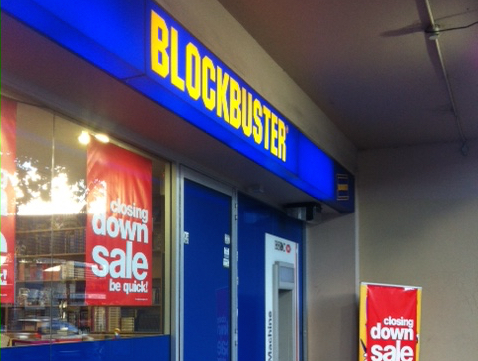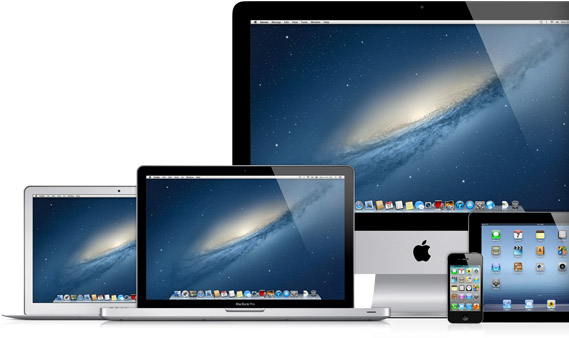A few days ago we discussed how 4k video cameras are going to change the sports broadcasting industry.
Yesterday executives from modular data center supplier VCE held a media lunch where they discussed some of their industrial applications. One of the areas they discussed was the monitoring of power stations with large resolution cameras.
The 4k cameras are trained on machine rooms with software watching for irregular conditions such as excessive vibrations, leaks or smoke. Should something out of the ordinary be detected, warnings can be triggered and potentially affected equipment spun down.
With the 4k resolution the cameras are able to watch large areas and like the sports coverage can zoom in for a detailed view of an affected area.
The use of 4k video cameras shows how the internet of things won’t just be about the data gathered from smart devices but also matching the information coming from IoT equipment with that of other environmental factors.
For companies like VCE these sort of applications are an opportunity as they need large amounts of data storage and processing power in local centres.
In many respects these small scale data centers are a large scale example of the fog computing being touted by companies like Cisco where most of the operational tasks are carried out by local equipment with only reports and exceptions being transmitted to the cloud.
This sort of application also shows the demands different industries are going to have for local data processing and storage with the VCE executives suggesting hospitals, mines and sports stadiums are also going to need these facilities.
For VCE – a troubled joint venture between Cisco, storage company EMC and computer virtualisation firm VM Ware – these are the sort of clients they are hoping to find to keep their business running.
Regardless of VCE’s prospects, the need for equipment to manage the data being collected by devices on the Internet of Things and 4k video is going to grow. That could give us one of the clues of where the jobs of the future are going to come from.




